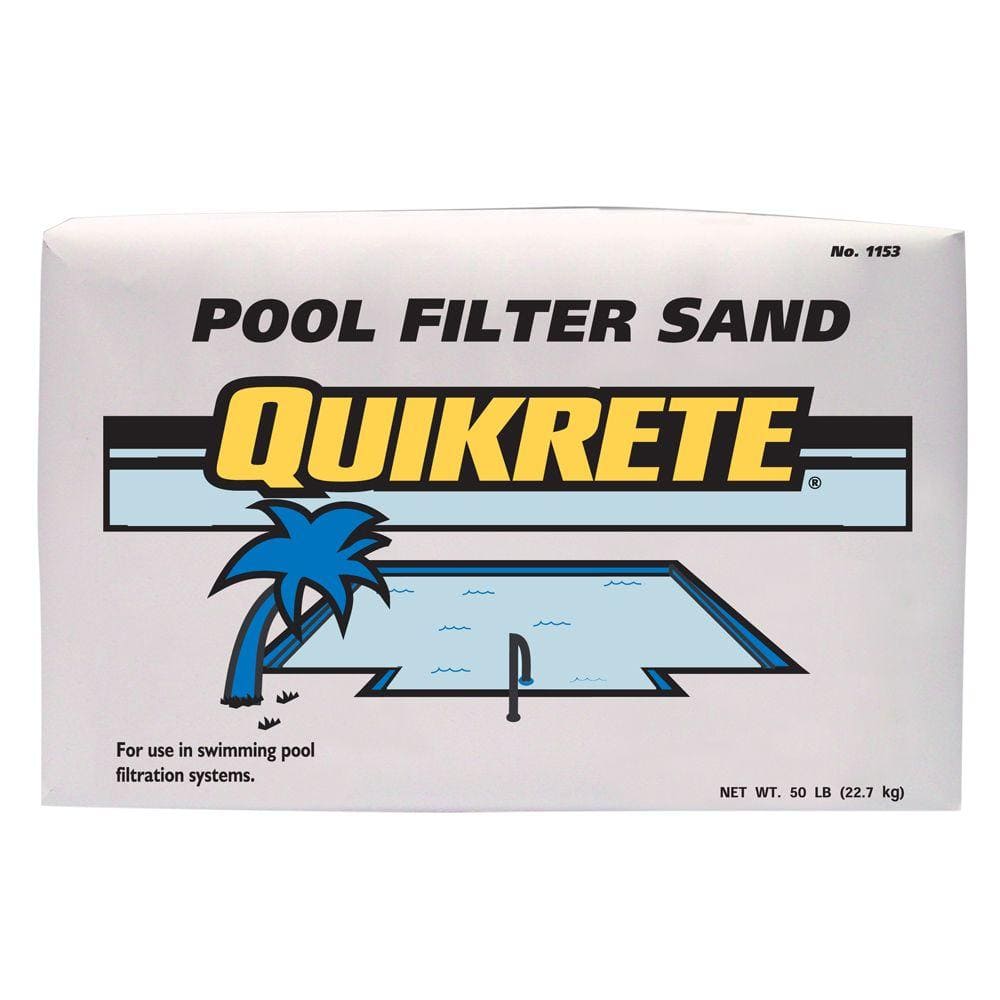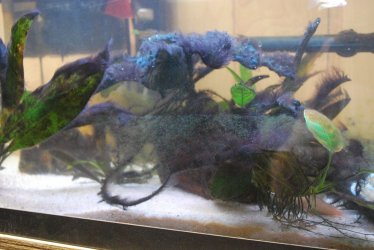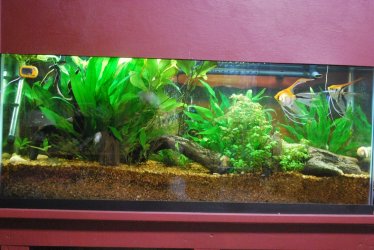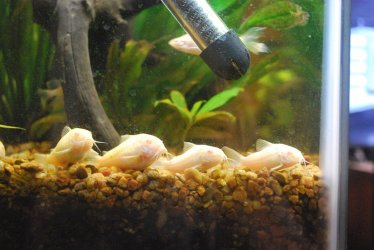Colin is right about substrates releasing ammonia, however, 6 months is not quite correct, not in my case anyway. I setup and started my 55 gallon tank on June 23, 2020 and by July 16, 2020 I added two Angel fish and 10 Red Eyed Tetras, then added 7 albine cories, 2 BN Plecos, and about 10 assorted snails. Some algae eating snails and other types. Here is a picture of my tank taken on September 29, 2020 and the plants have taken over this tank.
View attachment 127791
My 55 gallon is a low tech tank meaning I am not using co2 injections, however, if you want carpeting plants then you may have to use co2.
I did get ammonia at the start but it cleared up long before I added fish. I use a good canister filter, here is a link to the one I use and I really like it, because you can control the flow rate and the UV light time.
Sunsun HW-3000. So I suggest for a 75 gallon you use a canister filter. But do research to figure out what works best for you. Be sure and use some well-rooted plants like Amazon swords, there are several others. You need the roots to spread out into the substrate to help with gas build-up.
When I mixed my Aqua-soil I followed as close as I could to Father Fishes' video showing how he makes his own aqua-soil.
Here is the recipe that I used, but you can alter it and it will still work good for you. Except for the longevity of the aqua-soil might be compromised meaning it will not keep its nutritional values for years to come. You can substitute any good potting soil as long it does not have added ingredients, just pure natural potting soil. Don't use any potting soil that has sticks and other stuff you don't need.
One last thing and this is very important for what I use, mix it and then use it. Don't let it set for more than 24 hours. I mixed some up and used it after it had mixed two weeks ago and it was not pretty. But if done right you will have fantastic results.
2" thick of aquasoil in 55g tank.
Supplements
1/2 cup (4 oz) each
Earthworm Castings (Made from earthworm farms, has lots of benefits)
Blood Meal (High in Nitrogen lowers ph)
Baking Soda (an alkaline compound raises ph)
Ironite Plus 15-10-10 (Slow release because plants need iron)
Yellow Iron Oxide (For more pure iron,it is safe for aquarium use, slowly breaks down over time)
Pro Aglime (raises ph used in soil for plant growth)
Diatomaceous Earth (for calcium made from ancient diatoms)
1/3 cup (2 oz) very little each
Epsom Salt for plants (helps with bad bacteria)
Osomekote (slow release)
Main ingredients
16 cups
Black Kow 0.5 0.5 0.5
Organic Miracle Grow
Peat Moss (lowers ph Helps to keep aquasoil from compacting allow an easy time for plant roots)
Pool Filter Sand (will also help to keep aquasoil from compacting)
Mixed with just enough aquarium water (do not use tap water) to create a paste like aquasoil, you don't want it soupy.
This way it will spread in the tank and not mix with sand and or rock cap.
After adding this aquasoil to my 55g tank, I mixed up a second batch of 16 cups of Black Kow, and 16 cups of Organic Mirical Grow.
Mixed this with aquarium water to a paste. Then added this on top of the previous aqua soil.






